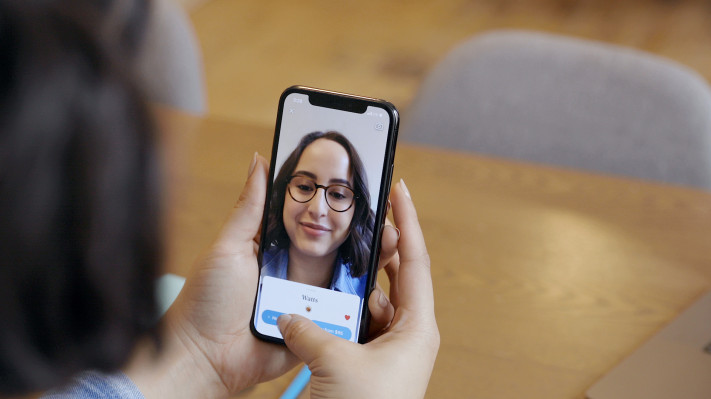
Warby Parker is today introducing virtual try-on to let shoppers select a pair of frames and instantly see how they look.
The tech was built on Apple’s ARKit, and the feature is only available to users on the Warby Parker iOS app on an iPhone X or later.
Warby Parker, which launched in 2010, attempted to implement a virtual try-on feature on its website, but pulled the feature shortly after it debuted. The issue?
With something like glasses, virtual try-on needs to be as close to reality as possible. Virtual objects can’t be overlaid “close to” the user’s face, but rather match up with all their facial curves, and the placement of the ears, eyes and nose.
“It was really our first time building out a full AR feature as a company, and there were two things that were really important,” said Sr. Director of E-Commerce and Consumer Insights Erin Collins. “The first was getting fit right, which was a technical challenge that required a bunch of revisions. And the second thing was making sure the frame images looked as photorealistic as possible, which meant getting 3D artists to digital render them and lots of revisions to get it pixel perfect on each pair of frames.”
The technology Warby Parker built uses a proprietary algorithm to perfectly place virtual frames on the user’s face. The feature also allows users to quickly snap a screenshot and share with others to get feedback on the frames.
Since inception, Warby Parker developed its e-commerce brand on the back of a relatively low-tech feature: in-home try-on. The company simply sent users five frames of their choice to try on at home and send back later, once they’d made their purchasing decision.
Collins sees the new virtual try-on as a great complement to that program, while offering a quick and convenient experience for repeat buyers.
“This will make it easier for returning customers to buy glasses without trying them on, but we’re really excited about it as a tool for people to narrow down their home try-on choices,” said Collins.
Warby Parker has raised a total of nearly $300 million in funding from investors such as T. Rowe Price, Tiger Global Management and General Catalyst.
